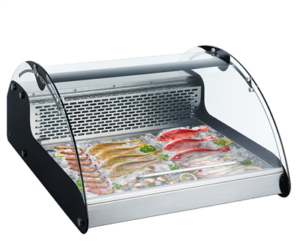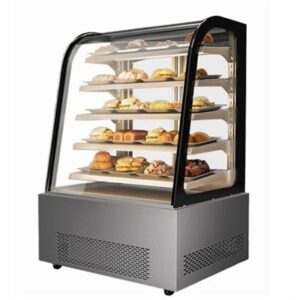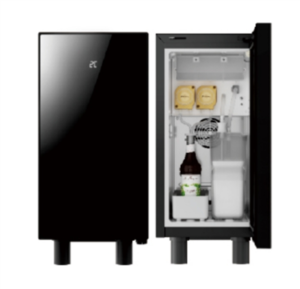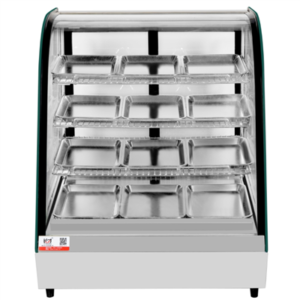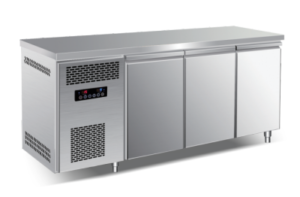Commercial refrigerators are essential for restaurants, supermarkets, and laboratories, ensuring food safety and product preservation. Their working principle is based on a vapor-compression refrigeration cycle, which efficiently removes heat from the interior. Here’s a simplified breakdown:
- Compression
The cycle begins with the compressor, which pressurizes refrigerant gas (e.g., R134a or R600a), raising its temperature to ****. - Condensation
The hot, high-pressure gas flows into the condenser coils (usually at the back or bottom). Here, it releases heat to the surroundings, cooling into a high-pressure liquid. - Expansion
The liquid refrigerant passes through an expansion valve (or capillary tube), where its pressure drops sharply, turning it into a cold, low-pressure mist. - Evaporation
Inside the evaporator coils (in the fridge compartment), the refrigerant absorbs heat from stored items, cooling the interior to ** to ** (for refrigeration) or **** (for freezing). The refrigerant vaporizes and returns to the compressor, repeating the cycle.
Key Features of Commercial Units:
- Heavy-Duty Compressors: Handle frequent door openings and high loads.
- Forced Air Circulation: Fans ensure even cooling in large spaces.
- Energy Efficiency: Inverter compressors adjust cooling power to save energy.
Applications: Ideal for grocery stores (perishables), pharmacies (vaccines), and food service (bulk storage).
